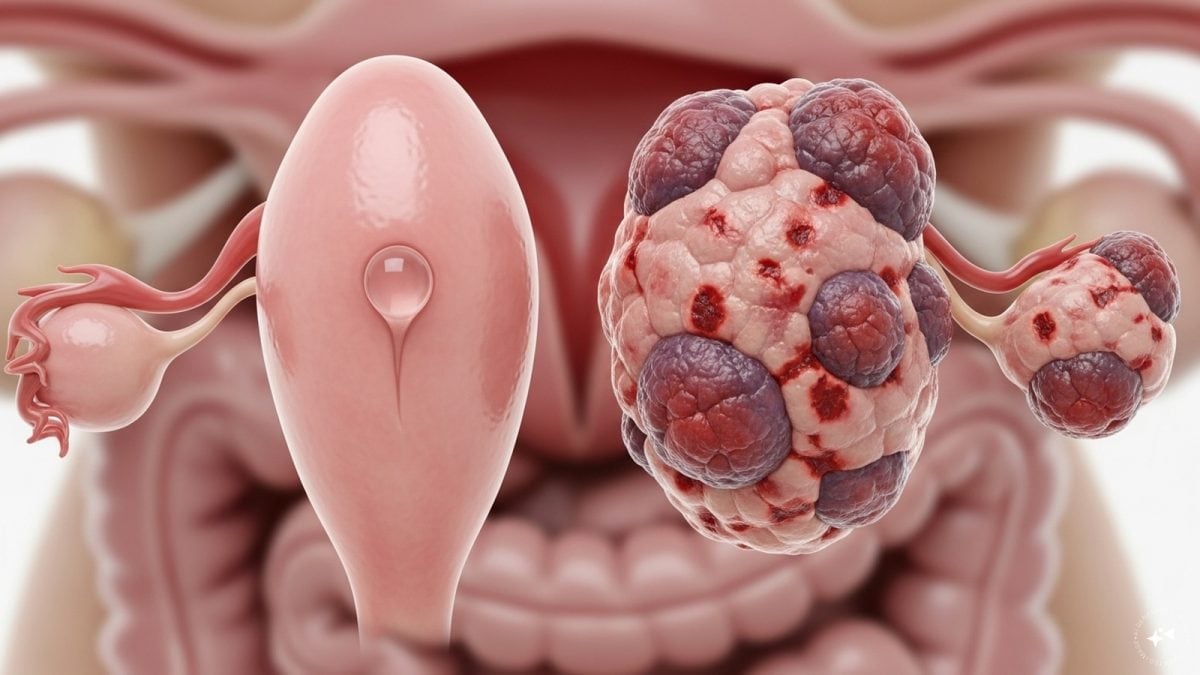Ever wondered why so many Indians stop at the local panwari for a paan to help digest their food after a heavy meal? Or what even goes into making a paan? Here’s a look at different types of paan, and what it is that you’re putting into your body when you consume it:
Saada paan
The common denominator in all paans is the betel leaf. Some studies have endorsed its therapeutic properties - it is thought to have anti-inflammatory and anti-diabetic properties, and also help with digestive issues like bloating. [caption id=“attachment_7657161” align=“alignleft” width=“380”]  Image source: Getty Images.[/caption] Though there hasn’t been much research on its health benefits, the trials that have been done also expound the benefits of paan as a cure for halitosis (bad breath), and even claim that it has ameliorative effects on diabetes.
Meetha paan
To make this fragrant, sweet treat, most panwaris will sprinkle a betel leaf with water. Next, they’ll spread chuna or slaked lime over it, followed by a generous sprinkling of mukhwas (mouth freshener), catechu which is another breath freshening agent, rose powder, a mysterious khushboo powder, various chutneys, saunf (fennel seeds), dry dates and gulkand which is a sweet preserve of rose petals. Of course, depending on which part of the country you buy your paan from, it can have different ingredients in different ratios. But most varieties of meetha paan have some quantity of gulkand, which is thought to relieve constipation, reduce sweating and improve body odour.
Supari paan
The ingredients may vary by stall, as does the quality and composition. A fairly common ingredient, though, is supari or crushed areca nut. The World Health Organization considers the areca nut carcinogenic and many studies have linked it to cancers of the mouth, oesophagus, and an increased risk of cardiovascular disease. It does not matter if paan has tobacco or not, the supari is enough to make it an unhealthy, and dangerous, food choice. According to the International Agency for Research on Cancer (IARC), the harmful effects of a supari paan outweigh the benefits.
Paan masala
The last decade has seen a drop in the production of betel leaves - the water-intensive crop can be expensive to grow. Tinned versions of powdered paan, sometimes laced with tobacco, called paan masala seem to have taken over. They are cheaper, more convenient to consume and store, and compositionally even more ambiguous than paan. Following court orders on a ban on chewable tobacco, paan masala companies have rebranded their products as nicotine-free. The premium ones even carry health warnings and some information on ingredients. However, there are several cheaper, local alternatives that carry no warnings nor details of what they’re made of. Interestingly, paan masala companies seem to have distanced themselves from gutka, which is also a mixture of betel quid and has been flagged for its negative effects on health. (In a spot survey, panwaris insisted that gutka is different from paan masala but couldn’t satisfactorily explain how.) It appears that gutka is betel quid with tobacco mixed in, making it an even more harmful substance. Health articles in Firstpost are written by myUpchar.com, India’s first and biggest resource for verified medical information. At myUpchar, researchers and journalists work with doctors to bring you information on all things health. For more information, please read our articles on the betel leaf and gulkand_._


)

)
)
)
)
)
)
)
)



